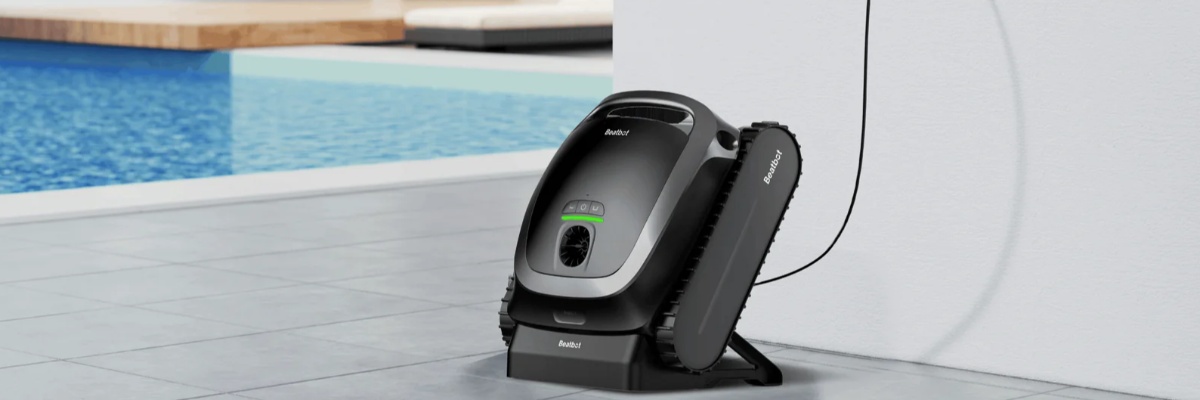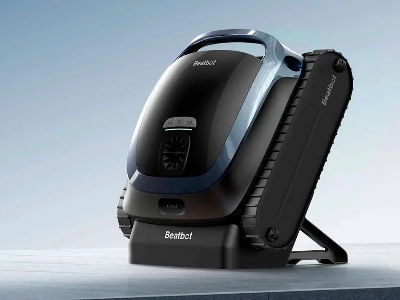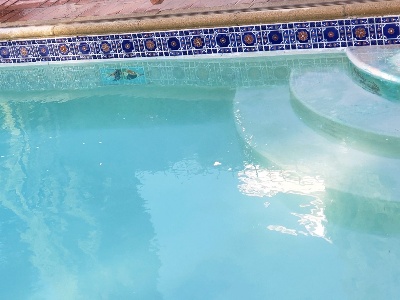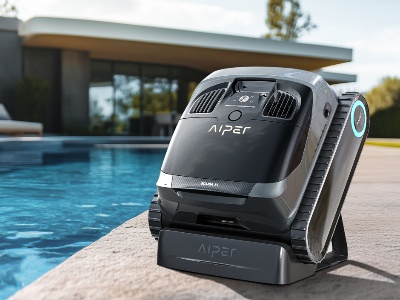Do pool robots use a lot of electricity?
Average consumption of an electric robot
A conventional wired electric pool robot consumes on average between 100 and 200 watts per hour, or 0.1 to 0.2 kWh. Over a 2-hour cycle, this represents approximately 0.2 to 0.4 kWh. With 3 cycles per week, you barely exceed 60 kWh per year – or less than €15 per year on your bill, depending on the current rate.This low consumption is due to their highly efficient low-voltage motor, which requires little energy to vacuum and move around. Compared to a 1000 W filtration pump, a robot is much more economical... especially if it is smart.
Wireless robots: autonomy and economy
Wireless robots are battery-operated, which means you do not consume electricity during their cycle. Energy is used when recharging. High-density lithium-ion batteries, such as those built into the Beatbot AquaSense 2 Pro or Ultra, are designed to maximise efficiency while limiting energy loss.On average, a full recharge consumes between 0.15 and 0.25 kWh, for a battery life of 2 to 3 hours. In other words, you can clean your entire pool for about 5 cents worth of electricity. This is a negligible cost, especially compared to manual maintenance or hydraulic robots powered by filtration.
HybridSense™ AI: smart energy management
Robots equipped with technology such as Beatbot's HybridSense™ analyse the condition of the pool in real time and adjust their power and route. If there is little debris or if certain areas have already been cleaned, they automatically reduce their consumption by optimising movements.This smart operation not only saves energy, but also preserves the battery, extends the lifespan of the components... and shortens the total cycle time. This is an advance not found on conventional entry-level models.
Compare with other pool equipment
By way of comparison, here is an overview of the average consumption of the main pool equipment:- Filter pump: 700 to 1500 W, 6 to 10 hours/day in summer.
- Electric heating: 3000 to 9000 W, very energy-intensive.
- LED lighting: 20 to 50 W/h.
- Electric pool cleaner: only 100 to 200 W/h, for 2 to 3 hours max.







